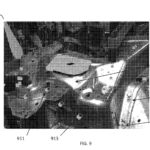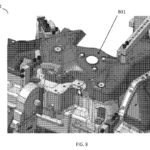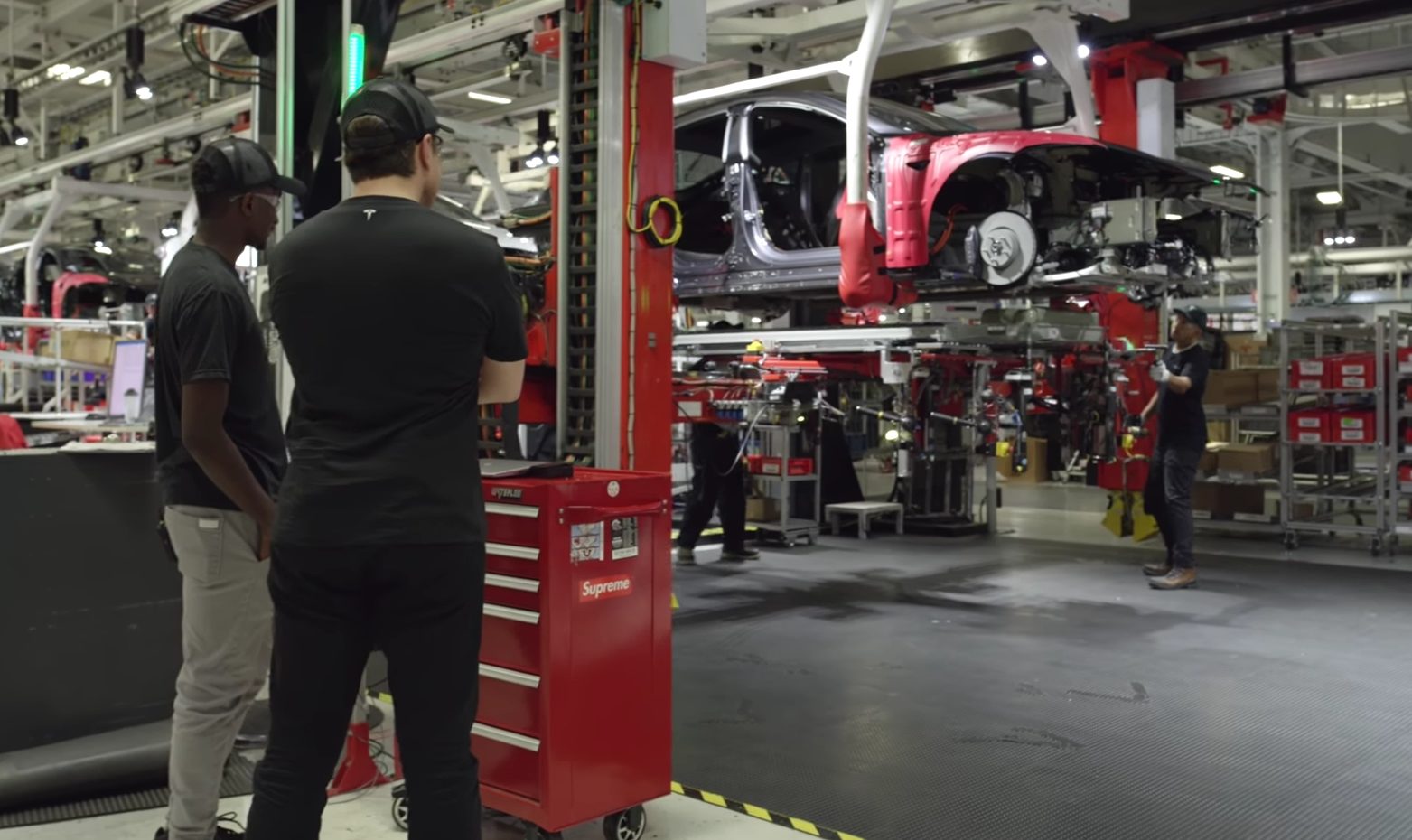

Investor's Corner
Tesla patents AR-based system for faster, more accurate vehicle production
Being a company led by an unorthodox CEO with roots in Silicon Valley, Tesla is on the bleeding edge of the automotive market. Tech is evident in Tesla’s DNA, from the automation in its factories to the deep integration of software on its electric vehicles. If a recently published patent is any indication, even more tech-driven solutions are coming to Tesla’s production lines.
A recent patent, dubbed as “Augmented Reality Application for Manufacturing,” was published last Thursday. In the description of the patent, Tesla noted that existing automotive manufacturing techniques are time-consuming and still require a notable amount of manual calibration and inspection. An example of this is the practice of marking joints and/or inspecting dimensional accuracy of car components by having workers manually overlay plastic molds over a sheet metal object to mark certain parts. These processes take a lot of time and effort, resulting in extra operational costs.
Tesla’s solution is rather simple. Instead of using manual processes to perform tasks that include setup, configuration, calibration, and quality inspection, it would be better to utilize available technologies to make operations faster and more precise. One of these technologies is computer vision and augmented reality tools.
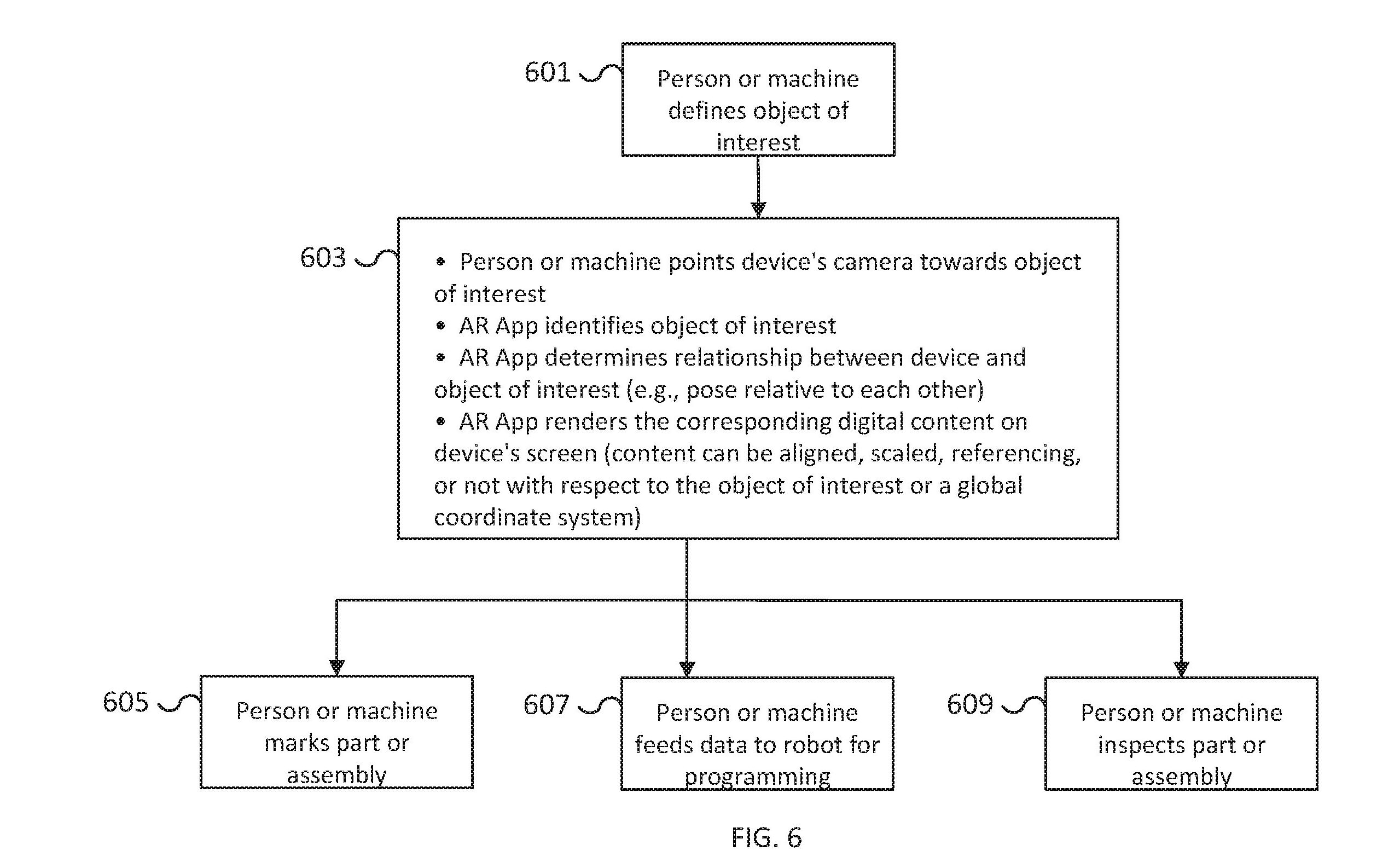
Tesla’s patent uses AR applications and computer vision to “identify an object of interest and the relationship between a user and the object.” The AR device captures a live view of an object, determines the location of the device, as well as the type of the object of interest. By using this system, workers will be able to view instant data about the components they are working on.
“(For example), the AR device identifies that the object of interest is a right-hand front shock tower of a vehicle. The AR device then overlays data corresponding to features of the object of interest, such as mechanical joints, interfaces with other parts, thickness of e-coating, etc. on top of the view of the object of interest. Examples of the joint features include spot welds, self-pierced rivets, laser welds, structural adhesive, and sealers, among others.
“As the user moves around the object, the view of the object from the perspective of the AR device and the overlaid data of the detected features adjust accordingly. The user can also interact with the AR device. For example, a user can display information on each of the identified features. In some embodiments, for example, the AR device displays the tolerances associated with each detected feature, such as the location of a spot weld or hole.”
Apart from allowing production to move faster, the AR-based system could also be used for quality inspections. Tesla even noted that such a system could be tapped to determine if panels in vehicles are within tolerances, and if holes in the electric cars’ frames are drilled or punched at the correct location.
- An illustration of Tesla’s AR-augmented production system. [Credit: US Patent Office]
- An illustration of Tesla’s AR-augmented production system. [Credit: US Patent Office]
An illustration of Tesla’s AR-augmented production system. [Credit: US Patent Office]
“There are many practical applications for the augmented reality (AR) manufacturing techniques discussed herein. In some embodiments, the AR device is used to program a robot to assemble one or more parts including identifying and marking the precise location and order of welds, self-pierced rivets, laser welds, adhesives, sealers, holes, fasteners, or other mechanical joints, etc. As another example, the AR device can be used to inspect the quality of the assembly for a vehicle such as whether the locations of welds are correct, whether the interfaces between parts such as body panels are within tolerances, whether holes are drilled or punched at the correct location, whether the fit and finish of assembly is correct, etc.
“In some embodiments, vision recognition is utilized. Individual sheet metal components and/or assemblies that are or will be part of the body-in-white (also known as the structural frame or body) are recognized. Once the component/system has been identified, computer-aided design (CAD) information (e.g., information and/or symbols associated with the mechanical joints) is aligned/scaled and rendered on corresponding identified physical model components. The application of the disclosed techniques applies to many different contexts of manufacturing.
“For example, the AR device can be used to map the quality of a coating on an automotive part such as determining the thickness of an e-coating on a vehicle body and identifying problem areas that are difficult to coat. In some embodiments, the AR device is used to map out a factory floor and to identify the precise location and orientation robots should be installed at to build out an assembly line. The robots are positioned based on the AR device such that the installed robots will not interfere with each other or other obstructions in the environment.”
An AR-based system that augments production fits very well with Tesla’s reputation as a car maker that never stays stagnant. During an interview at Gigafactory 1, Tesla President of Automotive Jerome Guillen mentioned that the company’s battery cells — while already industry-leading — are always evolving. Elon Musk echoed this idea as well, when he noted that improvements to Tesla’s electric cars are being rolled out as soon as they are ready. Optimizations such as the use of AR and computer vision in the production line is yet another example.

Investor's Corner
Tesla stock closes at all-time high on heels of Robotaxi progress
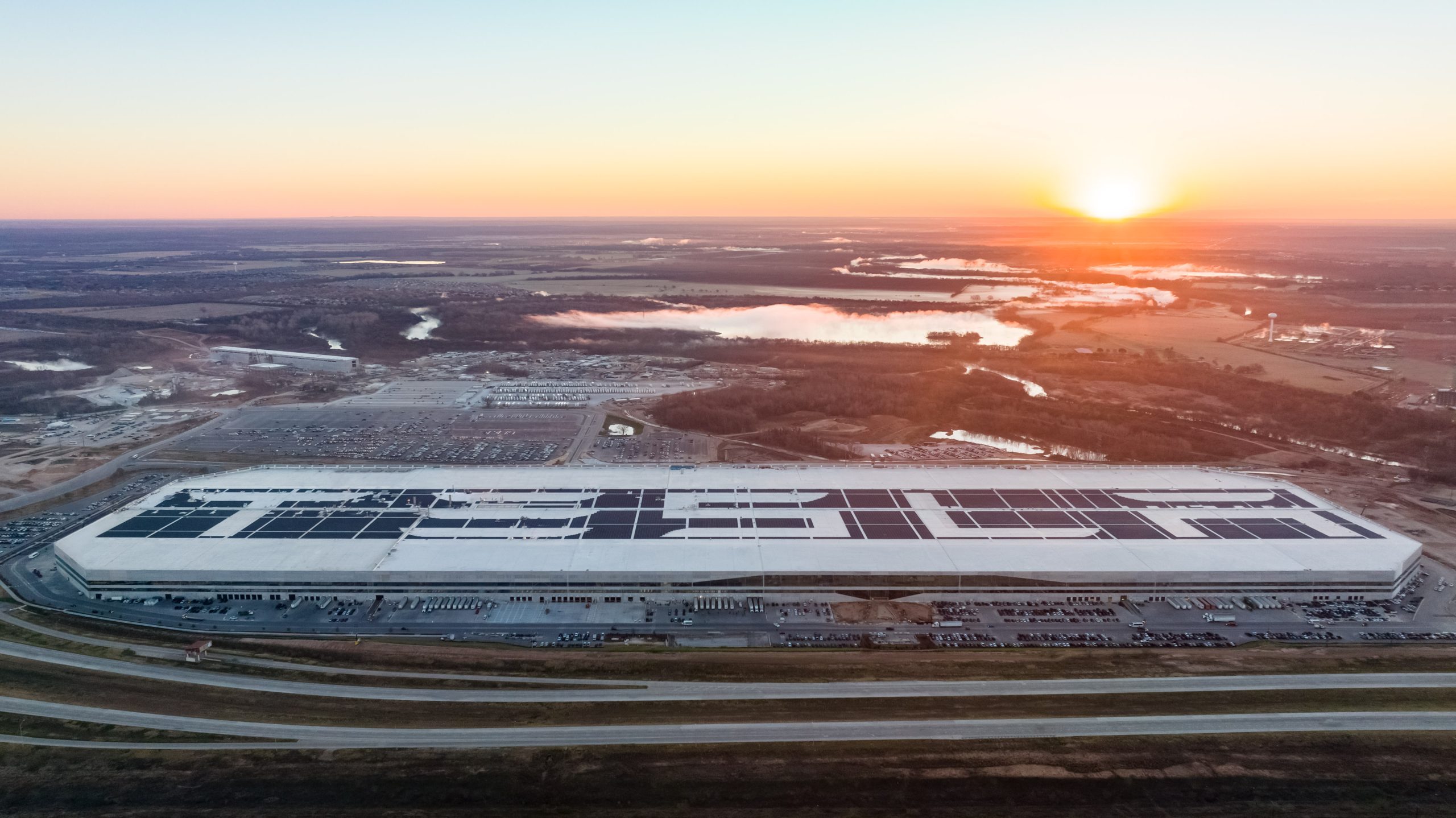
Tesla stock (NASDAQ: TSLA) closed at an all-time high on Tuesday, jumping over 3 percent during the day and finishing at $489.88.
The price beats the previous record close, which was $479.86.
Shares have had a crazy year, dipping more than 40 percent from the start of the year. The stock then started to recover once again around late April, when its price started to climb back up from the low $200 level.
This week, Tesla started to climb toward its highest levels ever, as it was revealed on Sunday that the company was testing driverless Robotaxis in Austin. The spike in value pushed the company’s valuation to $1.63 trillion.
Tesla Robotaxi goes driverless as Musk confirms Safety Monitor removal testing
It is the seventh-most valuable company on the market currently, trailing Nvidia, Apple, Alphabet (Google), Microsoft, Amazon, and Meta.
Shares closed up $14.57 today, up over 3 percent.
The stock has gone through a lot this year, as previously mentioned. Shares tumbled in Q1 due to CEO Elon Musk’s involvement with the Department of Government Efficiency (DOGE), which pulled his attention away from his companies and left a major overhang on their valuations.
However, things started to rebound halfway through the year, and as the government started to phase out the $7,500 tax credit, demand spiked as consumers tried to take advantage of it.
Q3 deliveries were the highest in company history, and Tesla responded to the loss of the tax credit with the launch of the Model 3 and Model Y Standard.
Additionally, analysts have announced high expectations this week for the company on Wall Street as Robotaxi continues to be the focus. With autonomy within Tesla’s sights, things are moving in the direction of Robotaxi being a major catalyst for growth on the Street in the coming year.
Elon Musk
Tesla needs to come through on this one Robotaxi metric, analyst says
“We think the key focus from here will be how fast Tesla can scale driverless operations (including if Tesla’s approach to software/hardware allows it to scale significantly faster than competitors, as the company has argued), and on profitability.”
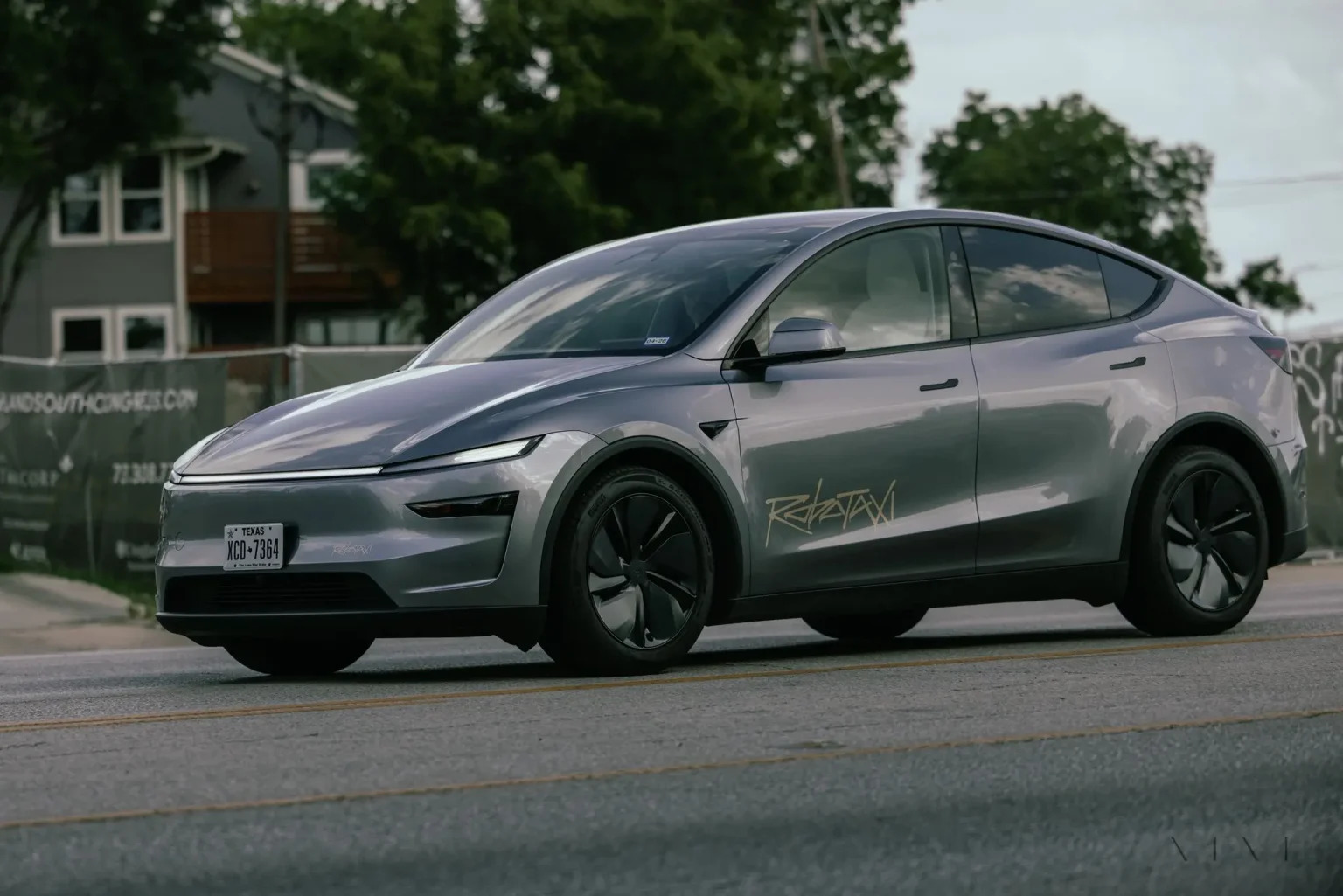
Tesla needs to come through on this one Robotaxi metric, Mark Delaney of Goldman Sachs says.
Tesla is in the process of rolling out its Robotaxi platform to areas outside of Austin and the California Bay Area. It has plans to launch in five additional cities, including Houston, Dallas, Miami, Las Vegas, and Phoenix.
However, the company’s expansion is not what the focus needs to be, according to Delaney. It’s the speed of deployment.
The analyst said:
“We think the key focus from here will be how fast Tesla can scale driverless operations (including if Tesla’s approach to software/hardware allows it to scale significantly faster than competitors, as the company has argued), and on profitability.”
Profitability will come as the Robotaxi fleet expands. Making that money will be dependent on when Tesla can initiate rides in more areas, giving more customers access to the program.
There are some additional things that the company needs to make happen ahead of the major Robotaxi expansion, one of those things is launching driverless rides in Austin, the first city in which it launched the program.
This week, Tesla started testing driverless Robotaxi rides in Austin, as two different Model Y units were spotted with no occupants, a huge step in the company’s plans for the ride-sharing platform.
Tesla Robotaxi goes driverless as Musk confirms Safety Monitor removal testing
CEO Elon Musk has been hoping to remove Safety Monitors from Robotaxis in Austin for several months, first mentioning the plan to have them out by the end of 2025 in September. He confirmed on Sunday that Tesla had officially removed vehicle occupants and started testing truly unsupervised rides.
Although Safety Monitors in Austin have been sitting in the passenger’s seat, they have still had the ability to override things in case of an emergency. After all, the ultimate goal was safety and avoiding any accidents or injuries.
Goldman Sachs reiterated its ‘Neutral’ rating and its $400 price target. Delaney said, “Tesla is making progress with its autonomous technology,” and recent developments make it evident that this is true.
Investor's Corner
Tesla gets bold Robotaxi prediction from Wall Street firm
Last week, Andrew Percoco took over Tesla analysis for Morgan Stanley from Adam Jonas, who covered the stock for years. Percoco seems to be less optimistic and bullish on Tesla shares, while still being fair and balanced in his analysis.
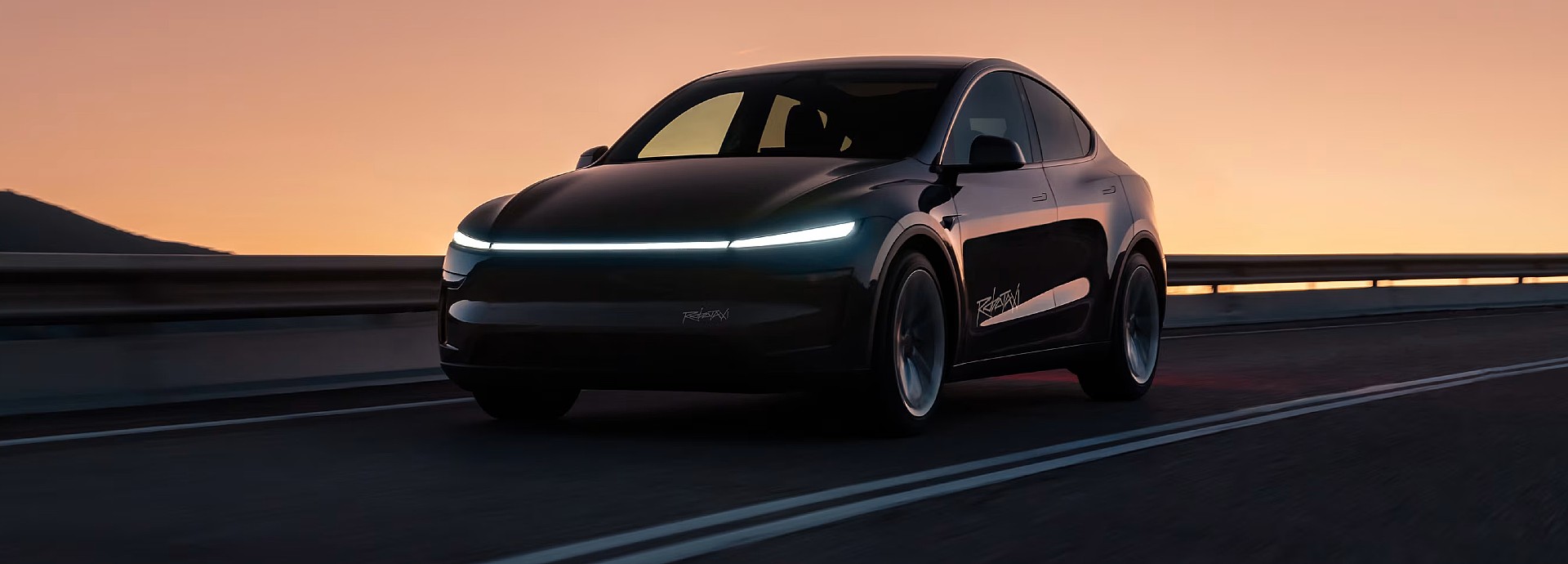
Tesla (NASDAQ: TSLA) received a bold Robotaxi prediction from Morgan Stanley, which anticipates a dramatic increase in the size of the company’s autonomous ride-hailing suite in the coming years.
Last week, Andrew Percoco took over Tesla analysis for Morgan Stanley from Adam Jonas, who covered the stock for years. Percoco seems to be less optimistic and bullish on Tesla shares, while still being fair and balanced in his analysis.
Percoco dug into the Robotaxi fleet and its expansion in the coming years in his latest note, released on Tuesday. The firm expects Tesla to increase the Robotaxi fleet size to 1,000 vehicles in 2026. However, that’s small-scale compared to what they expect from Tesla in a decade.
Tesla expands Robotaxi app access once again, this time on a global scale
By 2035, Morgan Stanley believes there will be one million Robotaxis on the road across multiple cities, a major jump and a considerable fleet size. We assume this means the fleet of vehicles Tesla will operate internally, and not including passenger-owned vehicles that could be added through software updates.
He also listed three specific catalysts that investors should pay attention to, as these will represent the company being on track to achieve its Robotaxi dreams:
- Opening Robotaxi to the public without a Safety Monitor. Timing is unclear, but it appears that Tesla is getting closer by the day.
- Improvement in safety metrics without the Safety Monitor. Tesla’s ability to improve its safety metrics as it scales miles driven without the Safety Monitor is imperative as it looks to scale in new states and cities in 2026.
- Cybercab start of production, targeted for April 2026. Tesla’s Cybercab is a purpose-built vehicle (no steering wheel or pedals, only two seats) that is expected to be produced through its state-of-the-art unboxed manufacturing process, offering further cost reductions and thus accelerating adoption over time.
Robotaxi stands to be one of Tesla’s most significant revenue contributors, especially as the company plans to continue expanding its ride-hailing service across the world in the coming years.
Its current deployment strategy is controlled and conservative to avoid any drastic and potentially program-ruining incidents.
So far, the program, which is active in Austin and the California Bay Area, has been widely successful.
